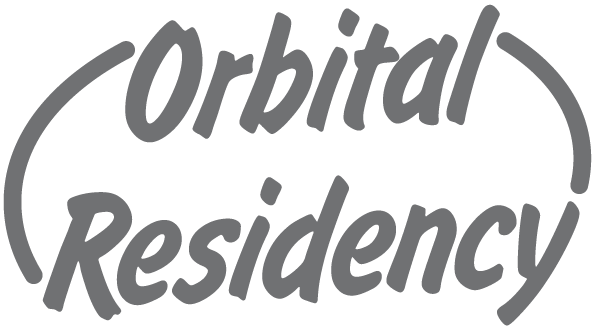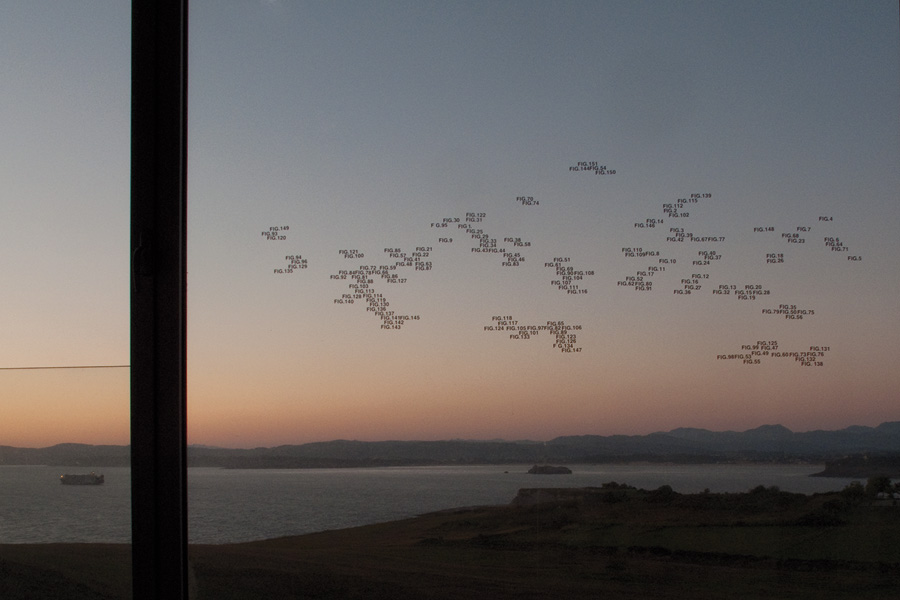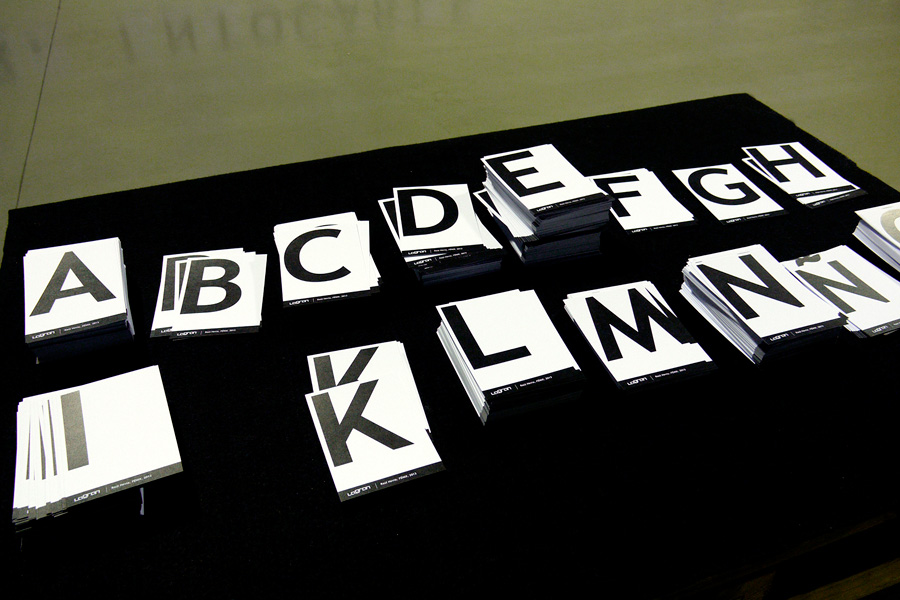Noviembre 2017
Raúl Hevia (Oviedo, 1965) is a visual artist whose work revolves around the questioning of the ways of narrating intimacy, the forms of expression of the contemporary self (its present and numerous past) through media such as photography and video, underlining the visual side of written language and the transposition of the verbal into the visual.
He presents intimacy as a spectacular form, the private as a public act and as the perversion leading to the transposition of spaces; he explores the ability of memory to fictionalise each reality and alter it, as well as the relationships or scales that are established between the archive and the present, giving a relevant role to the imagination and subjectivity of the spectator.
His work is part of numerous private and public collections, and has been featured in international exhibitions and events, such as MIA Fair, Milano (2015), ARCO, Madrid (2015, 2012), ARTBO, Bogotá (2014), Carpe Diem Arte e Pesquisa, Lisbon (2013), among others. Raúl Hevia is also art critic and independent curator. He has a PHD in Art History by the University of Oviedo, and as a researcher has focused his work on 20th century art, especially in photography and design as well as in the strategies of the serial art, the new exhibition spaces and artistic practices that escape conventional classifications.
Raúl Hevia has been selected to participate in the 1646 (Stichting Project Space 1646, The Hague, NL) artists residency programme during December 2017 and January 2018. This residency is the result of dutch artist’s Bernice Nauta participation in Orbital Residency programme in November 2017.
1646 is a project-space for contemporary art curated by four artists (Clara Pallí, Floris Kruidenberg, Johan Gustavsson and Nico Feragnoli). A dedicated space for experimental art practices and ideas, 1646 is a platform for new productions and presentations with special emphasis on encouraging artists to realise new projects on location.
The main focus of 1646’s residency programme is to provide artists with the space to research and focus on their own practice. The residency also offers a context for exchange with the organisation and its activities and the local and national art context.




